Though the weather outside is frightful, we’re warming up in California with our latest exhibition Sun-Drenched Style at the FIDM Orange County Campus. This exhibition showcases the work of five women designers in mid-century California. It was important to us to highlight California women in particular; you may have heard the names Claire McCardell, Bonnie Cashin, or Tina Leser, and perhaps you’re familiar with their achievements in mid-century American design. Yet California women were equally important in this space, and their proximity to the lifestyles that embraced sportswear made their designs all the more relevant. These women worked to lead the charge for a new interpretation of fashion, but they are often overlooked in favor of their east coast peers. We thought it was time to show how and why California women designers made their own unique contributions to American fashion.
Addie Masters pictured in Those Designing Women, The Los Angeles Fashion Group, 1977; courtesy of the FIDM Library
Addie Masters advertisement in California Stylist, September 1941; courtesy of Los Angeles County Museum of Art, Costumes & Textiles Department
Today, we’d like to introduce our readers to Addie Masters (1901 – 1983), known in her private circle as the ultimate California hostess. Addie Masters is said to have thought that women were at their most beautiful in their own homes, and her gorgeous loungewear certainly fulfilled that ideal. Using vibrant colors and rich fabrics, Masters designed wide-leg culotte pants that followed the tradition of beach pajamas – a one-piece casual garment that she made more formal by using silks that draped like a gown. Her designs were meant to be worn in the home, but could move seamlessly from pool to patio, kitchen to cabana. California’s sunny climate was ideal for outdoor entertaining, which grew in popularity as mid-century architecture integrated patios and pools into home designs. Masters’ designs aligned with the leisure activities embraced by California residents.
(L) Hostess Pajamas, Addie Masters, c. 1959, silk surah, Gift of Terry Fry, 77.1320.2AB; (R) Sari Skirt, Addie Masters, 1950-1955, silk and metallic gauze, Gift of Elizabeth Robinson, 96.1118.7
Masters dress featured in “Fashion: California: Garden architecture—and blossoming blues,” Vogue, April 15, 1954
California Stylist, July 1953; courtesy of Los Angeles County Museum of Art, Costumes & Textiles Department
It’s important to note that California itself played a vital role in selling the designs of Addie Masters and her peers. California was more than a place, it was a lifestyle and a state-of-mind – one that was effective in promoting local fashion. Buy clothes made in California, the ads proclaimed, and you’re purchasing relaxation and sunshine. It’s an effective advertising tool still used today – purchase Chanel perfume, and you’re transported to Paris. A Burberry trench takes you to London. And a pair of Addie Masters patio pajamas puts you poolside, sipping cocktails in Los Angeles. Tourism was exploding in the mid-twentieth century, and many visitors purchased “souvenir” clothes to remember their travels –our beaded Addie Masters western blouse is most likely an example of a garment someone would have bought to display their California adventure back home. Souvenir clothing also helped spread the word about the sporty apparel coming out of the West Coast.
Blouse, Addie Masters, c. 1942, rayon crepe, beads, rhinestones, and metallic thread, Museum Purchase, 2009.5.67
Much of California’s success in the fashion industry is owed to the organizations that tirelessly supported it. Among the groups that championed California fashion, the Affiliated Fashionists is one of the most impressive for its self-driven initiative. This small contingency of just eight women, including Addie Masters, formed out of their own volition in 1936. Their goal was to maintain the high standard of California design, and show that West Coast designers represented modern American women and their lifestyle. The ladies saw themselves as the official hostesses of the California fashion industry, and they did not hesitate to reach out to buyers and the press to promote their designs and those of their peers. They always presented a united front on union and industry decisions, and even showed their collections together as a sign of solidarity. Louella Ballerino and Agnes Barrett were also members of this unique organization that also included Peggy Hunt, Marjorie Montgomery, Irene Bury, Mabs Barnes, and Viola Dimmitt.
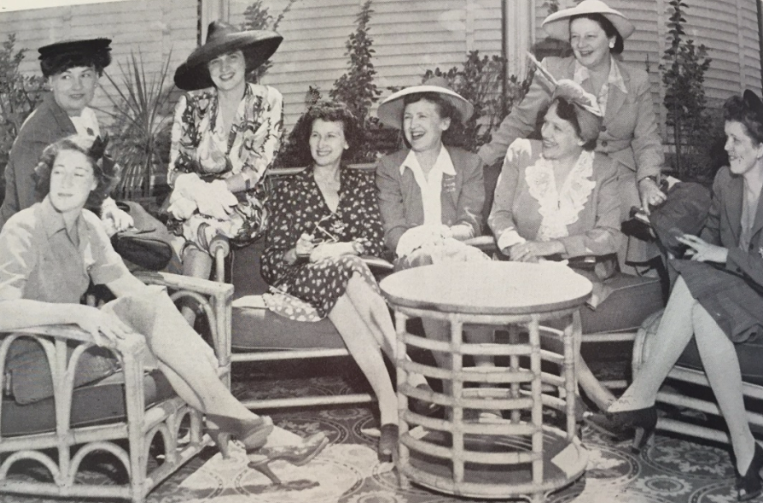
California Stylist, September 1942; courtesy of Los Angeles County Museum of Art, Costumes & Textiles Department. Top Left: Addie Masters.
We hope you'll stop by our FIDM Orange County campus and take a look at Masters' work in person. The exhibition is open until June 10, 2017, and open to the public by appointment; please call 949.851.6200.

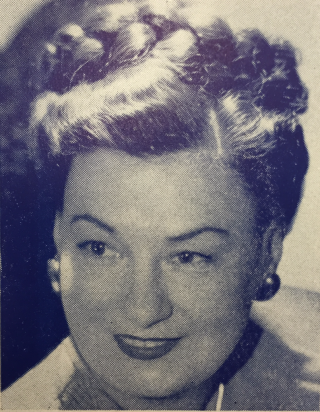
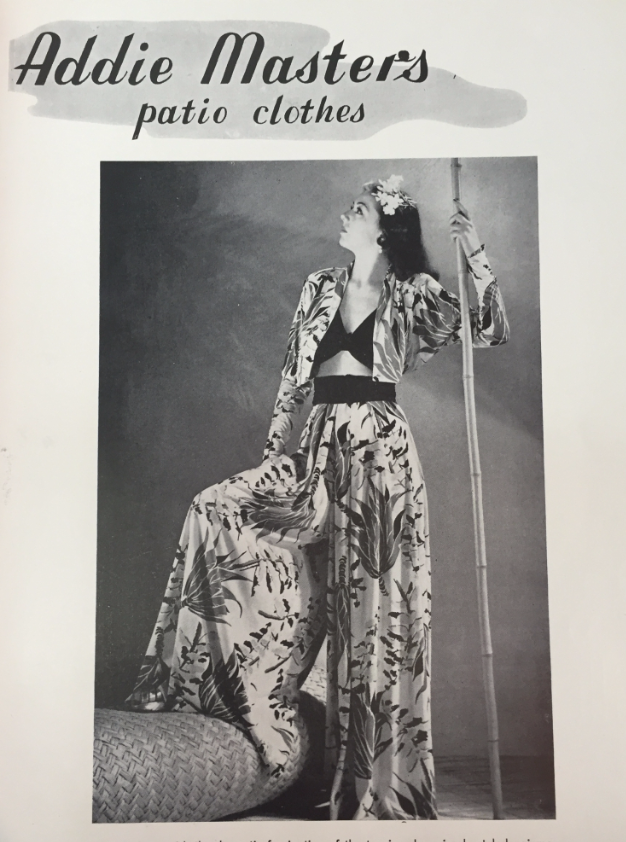
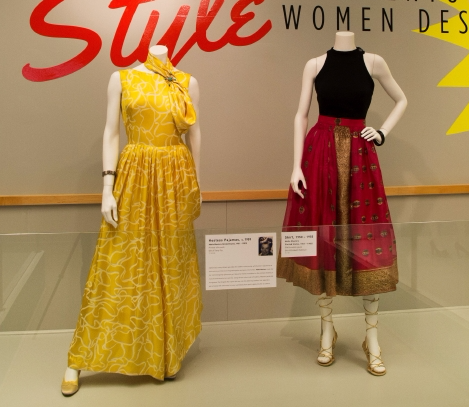
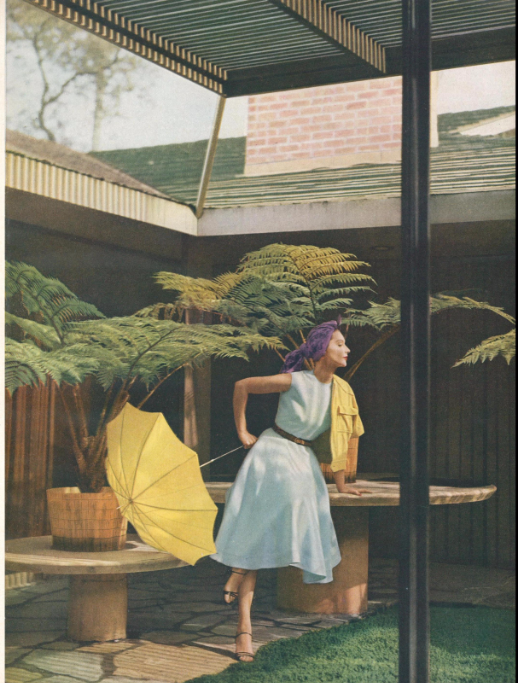
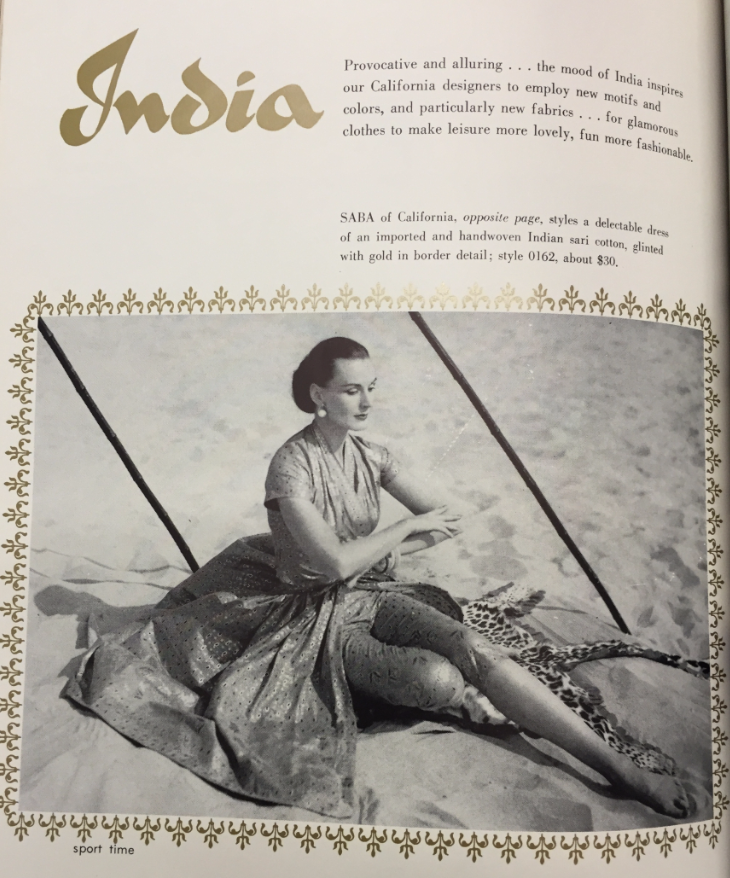
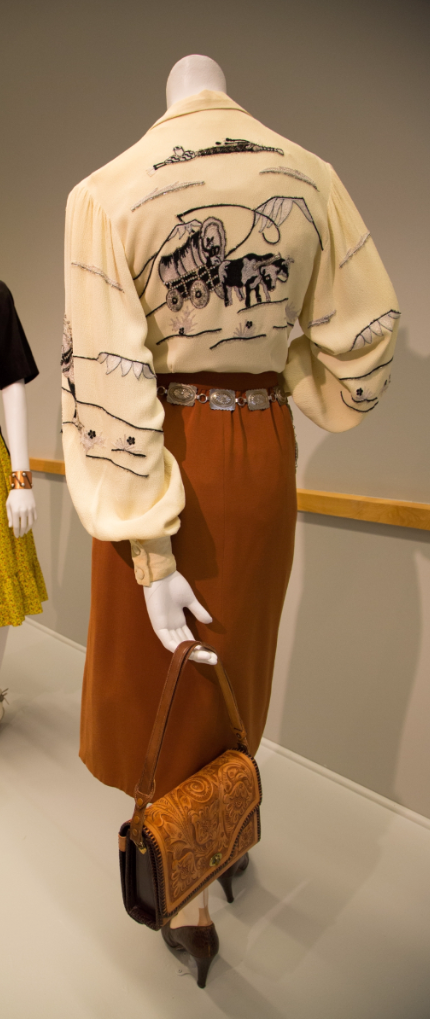

Addie Masters was my great-great aunt. This is so awesome to see and it is wonderful that others have taken an interest in her work. My mother owns a few pieces of custom jewelry that she designed and they are quite amazing pieces. From what I’ve heard (she passed before I was born, she was one heck of a woman. Thanks for sharing her work!